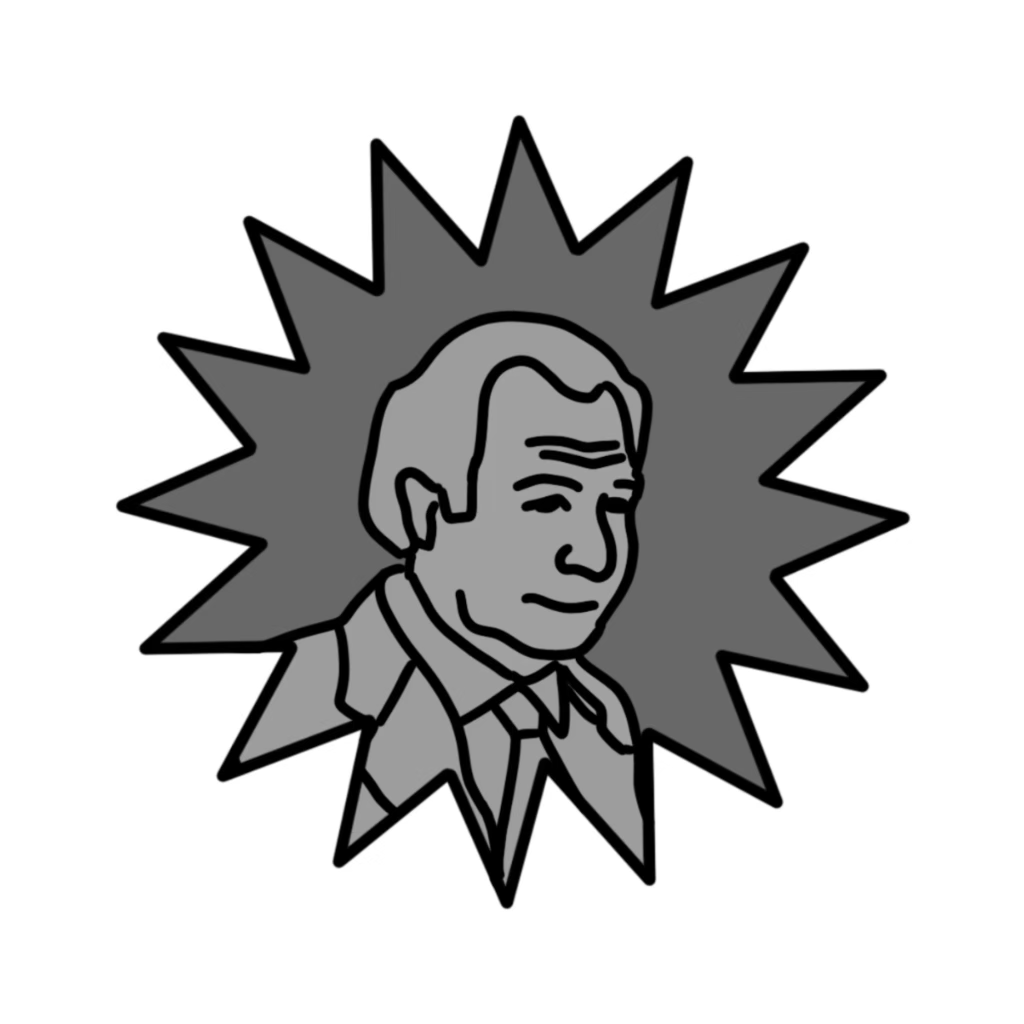$101 billion and $65 billion—these were the reported sizes of the Enron Corporation and Bernie Madoff. Both were considered some of the most trustworthy financial giants of the 20th and early 21st centuries. Enron, the fifth largest company nationally in 2002, was a giant in energy trading and innovation. Bernie Madoff, one of the most trusted figures on Wall Street, was a pioneer in electronic trading and served as Chair of the National Association of Securities Dealers Automated Quotations (NASDAQ) in the early 1990s. His firm, Bernard L. Madoff Investment Securities LLC, symbolized steady returns and safe investment. Despite their impeccable reputations, both entities were involved in massive financial frauds: Enron’s executives hid huge debts, while Madoff orchestrated a Ponzi scheme that promised returns too good to be true. Regulators failed to detect these schemes despite explicit warnings from whistleblowers armed with mathematical proof. These failures highlight gross incompetence within government oversight institutions and underscore the importance of consumer vigilance when investing in speculative markets, even with trustworthy institutions.

Enron’s rise to fame—and later infamy—began in 1985, with the merger of two natural gas transmission companies known as Houston Natural Gas and InterNorth. When it lost the exclusive right to operate its gas pipelines, Enron decided to trade energy derivative contracts. This meant that Enron would act as a mediator between other natural gas producers and their consumers, keeping Enron relevant in the natural gas industry. Tapping into a new market diversified Enron’s business portfolio, mitigating the risks of energy-price fluctuations faced by Enron customers. Enron eventually dominated the energy derivative contract market, generating huge profits on lucrative trade fees. This net positive in business was primarily due to the work of Jeffrey Skilling, the company’s chief operating officer, who pushed the company culture into a more aggressive approach to trading, with a focus on closing as many cash-generating trades as possible.
The bull market of the 1990s helped fuel Enron’s ambitions and contributed to its rapid growth. With large quantities of deals, Enron could afford to operate in more diverse markets, trading electricity, coal, steel, and even weather derivatives. Enron also created a broadband telecommunications network to facilitate high-speed trading and an online trading division called Enron Online that finalized approximately $2.5 billion worth of trades a day.
With the dot-com bubble burst (a financial bubble burst that hurt Enron some of Enron’s assets) and a more competitive energy-trading market, Enron faced financial difficulties in the early 2000s. Under shareholder pressure, executives decided to cook the books. They recorded future projected gains as current income, giving the illusion of higher current profits. Enron also transferred troubled assets to Special Purpose Entities (SPEs), which are separate legal entities typically used to manage risks or access capital. However, Enron went past the legal limitation of SPEs by using them to hide assets and effectively remove them from the company’s records. This allowed Enron to obscure losses and potential warnings of instability, tricking investors in the process. In mid-2001, analysts released their overview of the details of Enron’s publicly released financial statements, highlighting the fraud and severity of Enron’s woes. In October of 2001, Enron shocked investors by announcing that it would post a $638 million loss for the third financial quarter of that year and take a $1.2 billion reduction in shareholder equity. Reacting to news of this massive loss, the Securities and Exchange Commission (SEC) began investigating Enron’s SPEs. Officials at Arthur Andersen—an auditing company that had previously validated Enron’s financial statements—shredded key documents related to Enron. They were then convicted of obstruction of justice in 2002. During the SEC investigation—which started revealing details on the fraud—Enron’s stock went into a nosedive: the company’s stock price plummeted from a high of $90 per share in mid 2000 to less than $12 by November 2001. Enron attempted to avoid disaster by agreeing to be acquired by Dyngey, another energy company, but then Dyngey backed out of the deal. This caused Eonron’s stock to drop to under $1 per share, hurting both stockholders and Enron employees’ 401(k) pensions. Enron executives that were tied to the fraud would be indicted on a variety of conspiracy and fraud charges and later sentenced to prison.
One notable effect of the Enron scandal is the Anderson effect, where auditors would increase in diligence following the fall of Aurthor Anderson, one of the “Big 5” of auditing at the time. The fallout from Enron and Arthur Anderson also prompted the U.S. Congress to take decisive action and pass the Sarbanes-Oxley Act (SOX) of 2002, which introduced a comprehensive set of regulations aimed at improving corporate governance, transparency, and financial reporting. While acts such as SOX are important and protect consumers, the fact that the fraud was able to happen under the noses of both auditors and regulators highlights the danger and risks of blindly trusting institutions, no matter the size.
Madoff’s rise and fall serves as an even larger example of the consequences of investing into speculative markets. Bernie Madoff and his contributors’ fraud resulted in $65 billion being stolen from investors—including charities and retirement funds—causing widespread damage to U.S. financial institutions. Madoff started off as a pioneer in electronic trading, increasing transaction efficiency from the age of paper trades. He would also serve as the chairman of NASDAQ for three one-year terms, bolstering his credibility in investment circles. At some point, he claimed to use a legitimate stock market trading strategy called split-strike conversion in order to generate large, steady returns in client funds. However, what he actually did was create a Ponzi scheme, where he paid back earlier investors’ money with money from newer investors—an illegal practice. As long as there is a continuous flow of cash, the scheme runs. But if enough people pull out, it falls through, leaving the latest investors to bear the brunt of the losses. Madoff offered reliable and steady returns that were lucrative in an unsteady market, which led to an increasing number of trusting investors. This allowed Madoff’s fraud to grow exponentially, eventually reaching over $60 billion and becoming the largest Ponzi scheme in financial history. Then, the 2008 financial crisis struck, and stocks quickly turned red, with companies large and small facing financial strains. Although Bernie Madoff’s fraud was not directly impacted by the crisis, he understood that consumers would likely demand withdrawals of their money during a crisis to mitigate risk by converting assets into cash to maintain financial security. Madoff knew the scheme was doomed because he couldn’t pay back earlier investors. Since no actual profit was being generated—he was just giving the investment of new investors to old investors—the money owed kept growing and could never be fully paid back. He gave up and decided to turn himself in, telling his two sons about the scheme. The sons, who allegedly never knew about the massive scandal until that moment, turned their father in. Madoff and his wife attempted a double suicide, but failed to do so. Madoff pleaded guilty during his trial and was sentenced to a 150-year imprisonment.
Frauds like this continue to exist. Just three years ago, the FTX cryptocurrency exchange collapsed, costing consumers billions of dollars. These catastrophes, both in the past and today, show that despite the power of regulatory agencies, trusting massive institutions always comes with risks. No matter the size or statements of an organization, promises that seem too good to be true should always be held up to scrutiny. Decisions should be based on facts birthed from thorough research, not blind trust. HSMSE students and the wider world at large should remember to always be cautious and to not blindly trust the word of any establishment, even if it is well renowned or significant.


